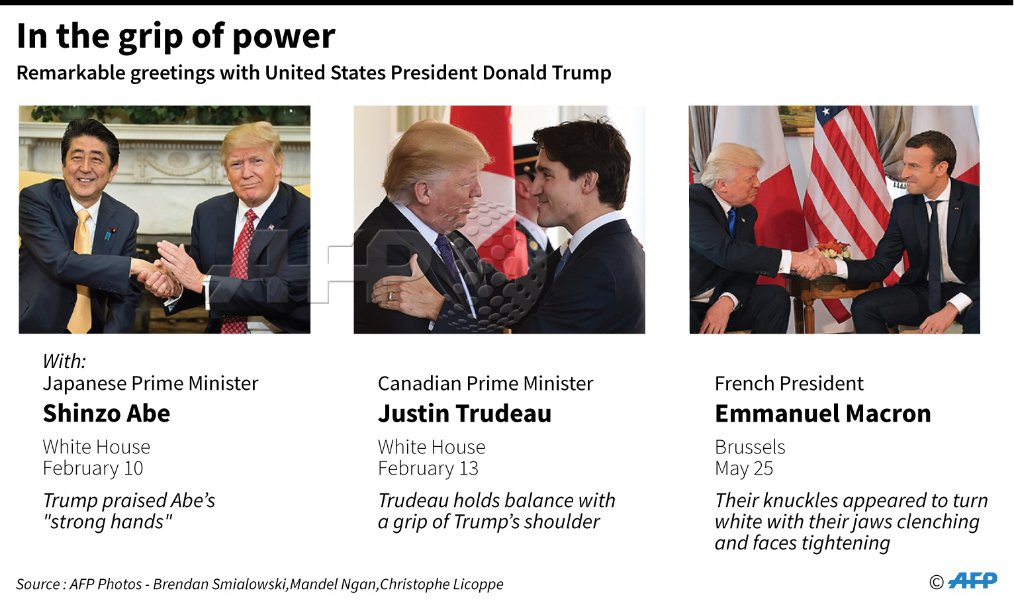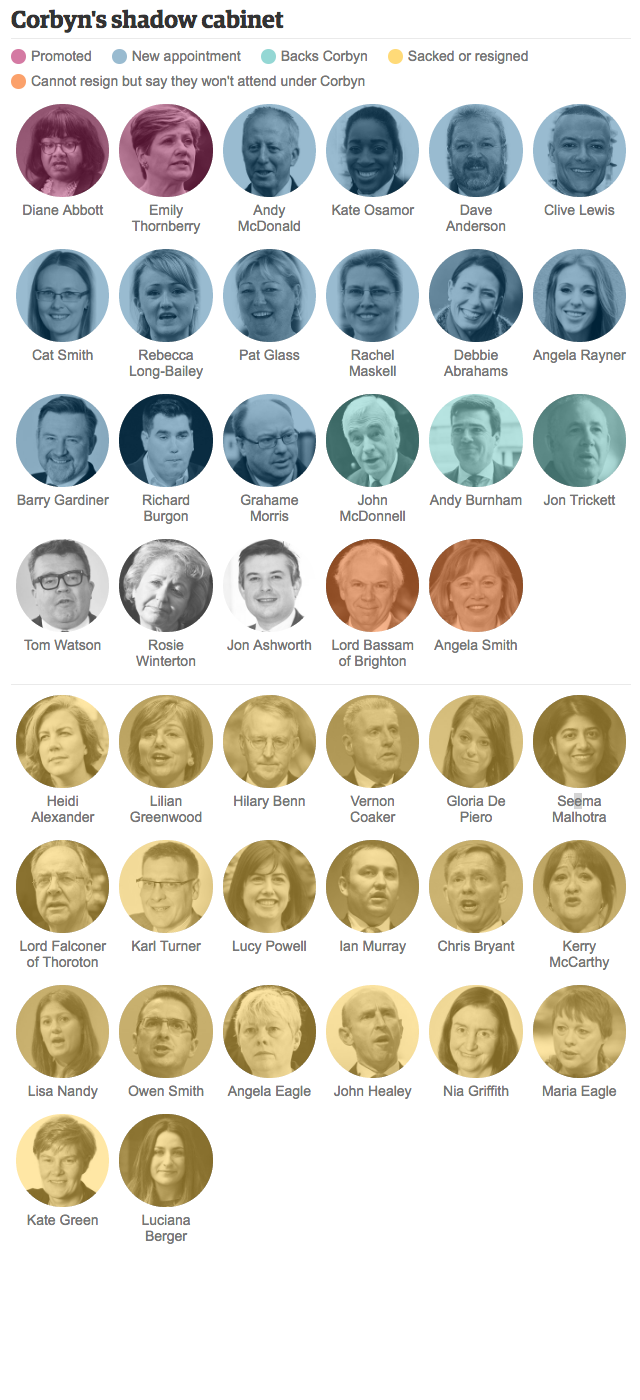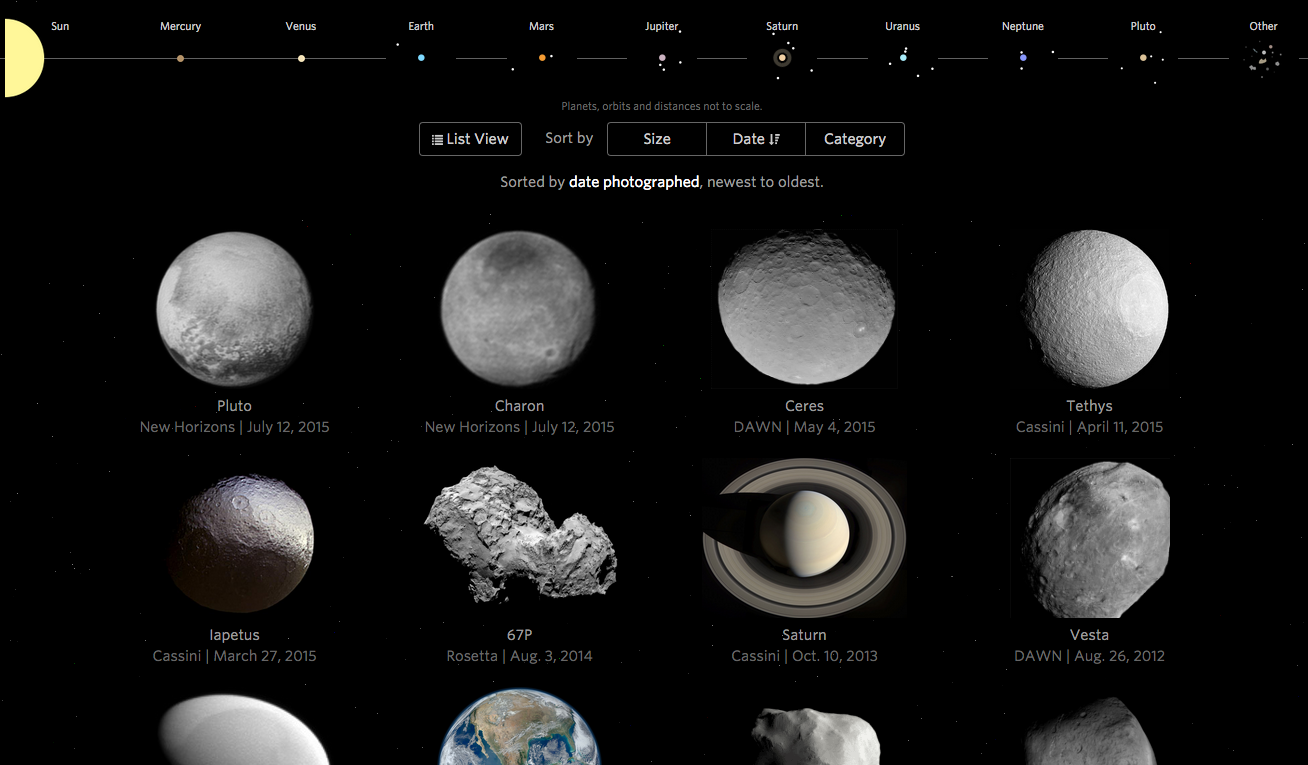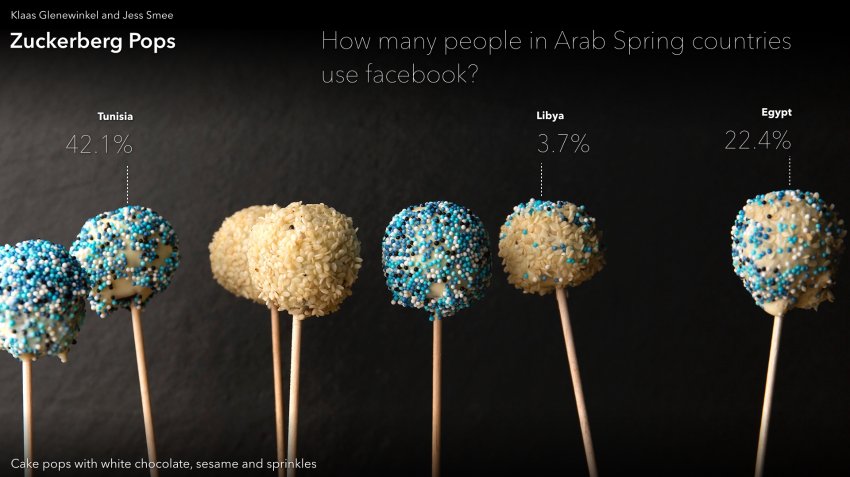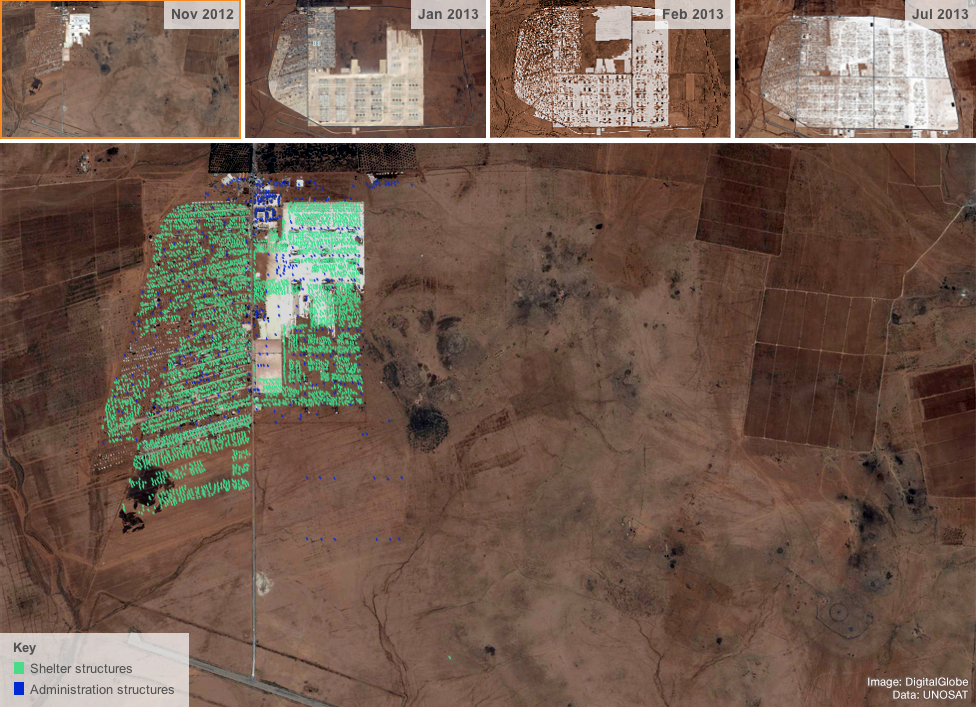Today we look at a piece from the Guardian about the blossoming of some cities from, essentially, out of nowhere. Think similar to how there is really no reason for Las Vegas or Phoenix to exist—cities of hundreds of thousands situated smack in the middle of the desert. But most of these new growth cities, cities from scratch as the Guardian calls them, are sprouting in Africa and Asia.
The piece uses two pretty straight-forward graphics to show the scale of the growth problem.

I don’t love the area chart, but even for all its flaws, it it still massively obvious just how much Africa will contribute to population growth in the coming decades. And the line chart, which I find far more effective despite its borderline spaghetti-ness, shows just how much of that growth will likely be urban in nature.
But the star of the piece, for which you will need to click over to the original article to enjoy, are the motion graphics. They capture year-by-year the satellite views showing how the cities have grown from almost nothing. This is a screencapture of Ordos, China. But go back a couple of years and it’s almost an empty desert.

Credit for the piece goes to Antonio Voce and Nick Van Mead.


